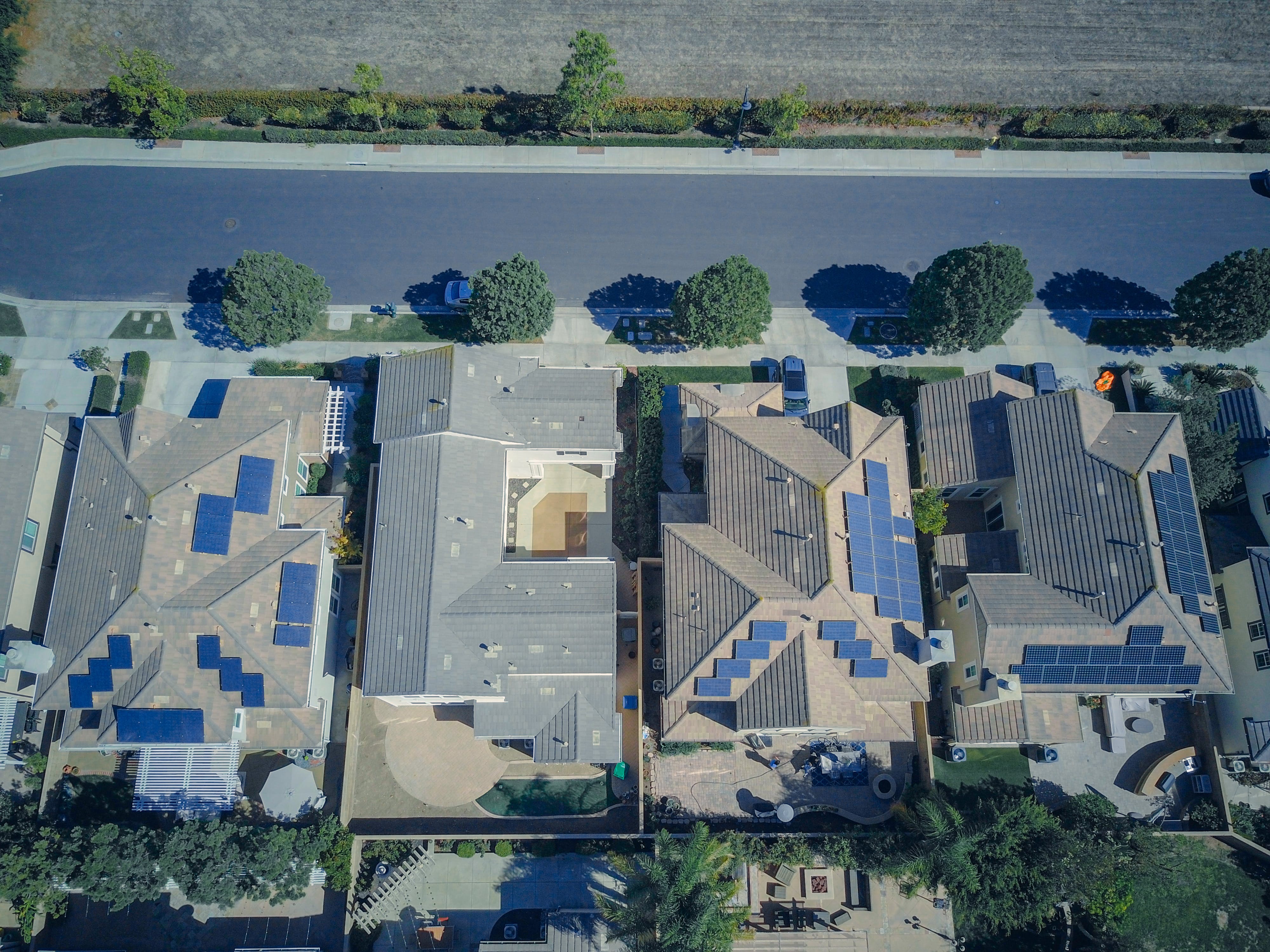Project aims to ensure to support transition to green energy by wider implementation of ICT and digitalization of RES systems
for better control and energy flows redistribution within nZEB communities. The main stakeholders are RES engineers, real
estate developers and consumers. Thus cooperation of such sectors in as electrical engineering, mechanical engineering with
ICT will ensure transition from fossil fuels to green energy ensuring security of supply and end-users role transformation
from consumer to prosumers. Project partners will contribute to the transformation and modernization of the energy sector
in accordance with their national strategic plans. By close partners cooperation and cooperation with stakeholders the best
practice results will be disseminated and adopted were relevant. Project outcomes will improve knowledge and awareness for
policy makers, regulators and end users on digital solutions in deployment of smart renewable energy communities.
This application has been developed by the Modern Energy team CTU UCEEB. It was created within the framework of the Deployment
of Smart Renewable Energy Communities project (DoRES), under the Joint Programming for Flourishing Innovation – from Local
and Regional Trials towards a Transnational Knowledge Community initiative (
ERANET Smart Energy Systems). The project aims to provide cost-effective
technical solutions that facilitate renewable energy integration in the built environment while fostering the development
of prosumer energy communities.
The application is designed to simulate energy systems for both individual buildings and large-scale communities with diverse
building typologies. It supports various energy sources, including Building-Applied Photovoltaics (BAPV), Building-Integrated
Photovoltaics (BIPV), and Energy Storage Systems (ESS), while considering electricity load profiles at the building or community
level. For cases where hourly electricity consumption data is unavailable, the tool offers pre-existing normalized load profiles
for various building types, including residential, industrial, kindergarten, and public lighting.
Key features of the application:
